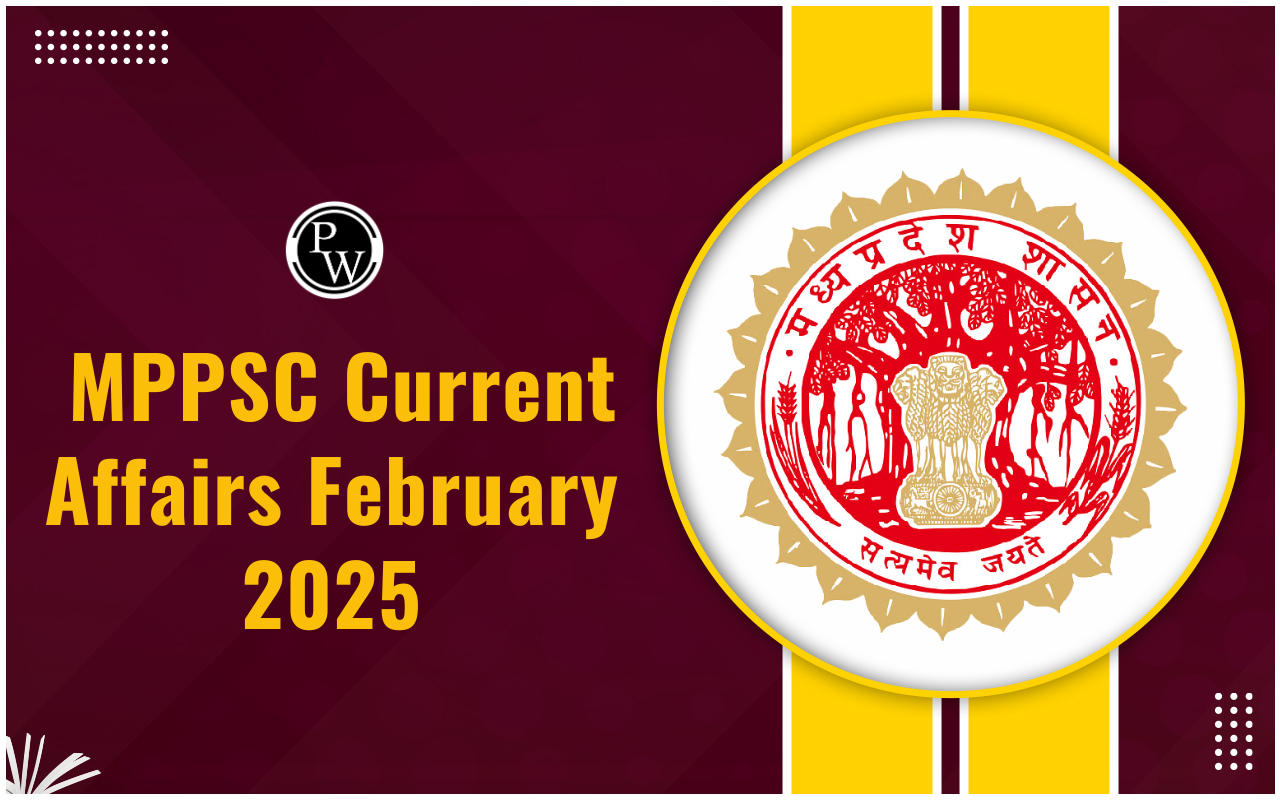
Maharashtra, one of India's most dynamic states, shares its borders with six fascinating neighbors. Each of these Neighbouring States of Maharashtra—Gujarat, Madhya Pradesh, Chhattisgarh, Telangana, Karnataka, and Goa—offers a unique blend of culture, history, and natural beauty. This blog delves into the distinct characteristics and attractions of these regions, highlighting what makes each one a captivating destination in its own right.
Overview of Neighbouring States of Maharashtra
Maharashtra is surrounded by six diverse states, each with its own unique cultural, historical, and geographical attributes. Here's a brief overview of Neighbouring States of Maharashtra:
| Neighbouring States of Maharashtra Overview | ||
| State | Capital | Key Attractions |
| Gujarat | Gandhinagar | Gir National Park, Rann of Kutch |
| Madhya Pradesh | Bhopal | Khajuraho Temples, Kanha National Park |
| Chhattisgarh | Raipur | Chitrakote Waterfalls, Bastar Palace |
| Telangana | Hyderabad | Charminar, Golconda Fort |
| Karnataka | Bengaluru | Hampi, Mysore Palace |
| Goa | Panaji | Calangute Beach, Basilica of Bom Jesus |
Neighbouring States of Maharashtra
Maharashtra, one of India's most vibrant and culturally rich states, is bordered by six diverse and intriguing states. Each Neighbouring States of Maharashtra has its unique charm, cultural heritage, and geographical features that contribute to the rich tapestry of the region. Lets explore these Neighbouring States of Maharashtra in detail, highlighting their key attractions, cultural significance, and geographical landscapes.
1. Gujarat
Capital: Gandhinagar
Largest City: Ahmedabad
Key Attractions: Gir National Park, Rann of Kutch, Somnath Temple
Overview
Located to the northwest of Maharashtra, Gujarat is known for its vibrant culture, historical significance, and economic prowess. It boasts a long coastline along the Arabian Sea, making it a hub for maritime trade and industry.Cultural Significance
- Festivals: Navratri, celebrated with Garba and Dandiya Raas, is one of the most vibrant festivals in Gujarat.
- Cuisine: Known for its distinctive vegetarian cuisine, including dishes like Dhokla, Thepla, and Fafda.
- Handicrafts: Famous for its intricate textiles, including Patola silk sarees and Bandhani work.
Geographical Features
- Rann of Kutch: A vast salt desert known for the Rann Utsav, a cultural festival.
- Gir National Park: The last refuge of the Asiatic lion.
2. Madhya Pradesh
Capital: Bhopal
Largest City: Indore
Key Attractions: Khajuraho Temples, Kanha National Park, Sanchi Stupa
Overview
To the north of Maharashtra lies Madhya Pradesh, often called the "Heart of India" due to its central location. This state is known for its historical monuments, wildlife reserves, and vibrant cultural heritage.Cultural Significance
- Heritage Sites: Khajuraho's erotic temples and the Buddhist stupas at Sanchi are UNESCO World Heritage Sites.
- Folk Arts: Rich traditions of tribal arts and crafts, including Gond paintings and Chanderi saris.
- Cuisine: Known for its rich and diverse cuisine, including dishes like Poha, Bhutte ka Kees, and Bhopali Gosht Korma.
Geographical Features
- Forests and Wildlife: Home to several national parks and wildlife sanctuaries, including Kanha, Bandhavgarh, and Pench.
- Rivers: Major rivers like the Narmada and Tapti flow through the state, providing fertile plains.
3. Chhattisgarh
Capital: Raipur
Largest City: Raipur
Key Attractions: Chitrakote Waterfalls, Bastar Palace, Kanger Valley National Park
Overview
Situated to the east of Maharashtra, Chhattisgarh is known for its rich tribal culture, lush forests, and significant mineral resources.Cultural Significance
- Tribal Heritage: Home to numerous tribal communities with unique traditions, dances, and festivals.
- Handicrafts: Known for Dhokra (metal casting) art and Kosa silk.
- Festivals: Bastar Dussehra is a major festival celebrated with much fervor and elaborate rituals.
Geographical Features
- Waterfalls and Caves: Features stunning natural landscapes like the Chitrakote Waterfalls and the caves of Kanger Valley.
- Mineral Wealth: Rich in minerals like iron ore, coal, and bauxite, contributing to its industrial significance.
4. Telangana
Capital: Hyderabad
Largest City: Hyderabad
Key Attractions: Charminar, Golconda Fort, Ramoji Film City
Overview
Telangana, to the southeast of Maharashtra, is a relatively new state formed in 2014. It is known for its historical sites, IT industry, and a rich cultural heritage.Cultural Significance
- Historical Monuments: Iconic structures like the Charminar and Golconda Fort.
- Cuisine: Famous for its Hyderabadi Biryani and a mix of Telugu and Mughlai flavors.
- Festivals: Celebrates unique festivals like Bonalu and Bathukamma.
Geographical Features
- Deccan Plateau: Part of the Deccan Plateau, featuring rocky terrain and diverse flora and fauna.
- Rivers: Major rivers like the Godavari and Krishna flow through the state, supporting agriculture.
5. Karnataka
Capital: Bengaluru
Largest City: Bengaluru
Key Attractions: Hampi, Mysore Palace, Coorg
Overview
Bordering Maharashtra to the south, Karnataka is known for its IT hub, historical monuments, and diverse landscapes ranging from beaches to coffee plantations.Cultural Significance
- Heritage Sites: Hampi's ruins, a UNESCO World Heritage Site, and the grandeur of Mysore Palace.
- Cuisine: Known for its variety, including dishes like Bisi Bele Bath, Mysore Pak, and coastal seafood.
- Festivals: Dasara in Mysore is celebrated with grand processions and cultural events.
Geographical Features
- Western Ghats: A biodiversity hotspot with numerous hill stations like Coorg and Chikmagalur.
- Beaches: Pristine beaches along the Arabian Sea, including Gokarna and Karwar.
6. Goa
Capital: Panaji
Largest City: Vasco da Gama
Key Attractions: Beaches of Calangute and Baga, Basilica of Bom Jesus, Dudhsagar Waterfalls
Overview
Goa, the smallest state bordering Maharashtra to the southwest, is famous for its stunning beaches, vibrant nightlife, and Portuguese heritage.Cultural Significance
- Colonial Influence: Rich Portuguese influence seen in its architecture, cuisine, and festivals.
- Cuisine: Known for its seafood, Vindaloo, Xacuti, and Bebinca.
- Festivals: Celebrates Carnival with colorful parades and the Feast of St. Francis Xavier.
Geographical Features
- Beaches: Endless sandy beaches popular with tourists from around the world.
- Western Ghats: The eastern part of Goa is covered by the Western Ghats, featuring lush forests and waterfalls.
Conclusion to Neighbouring States of Maharashtra
Neighbouring States of Maharashtra, each offer a unique blend of cultural heritage, historical significance, and natural beauty. From the industrial and cultural hub of Gujarat to the serene beaches of Goa, and from the dense forests of Chhattisgarh to the IT powerhouse of Karnataka, these states contribute richly to the subcontinent's diversity. Exploring these regions provides a deeper understanding of India's multifaceted identity and rich historical tapestry.
Neighbouring States of Maharashtra<span style=
Q.1 What are the neighbouring states of Maharashtra?
Q.2 Which are the nearby states to Maharashtra?
Q.3 How many states share Maharashtra?
Q.4 Which state does not border Maharashtra?










